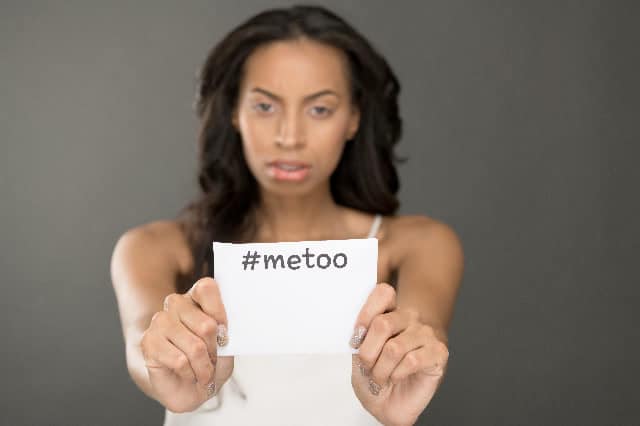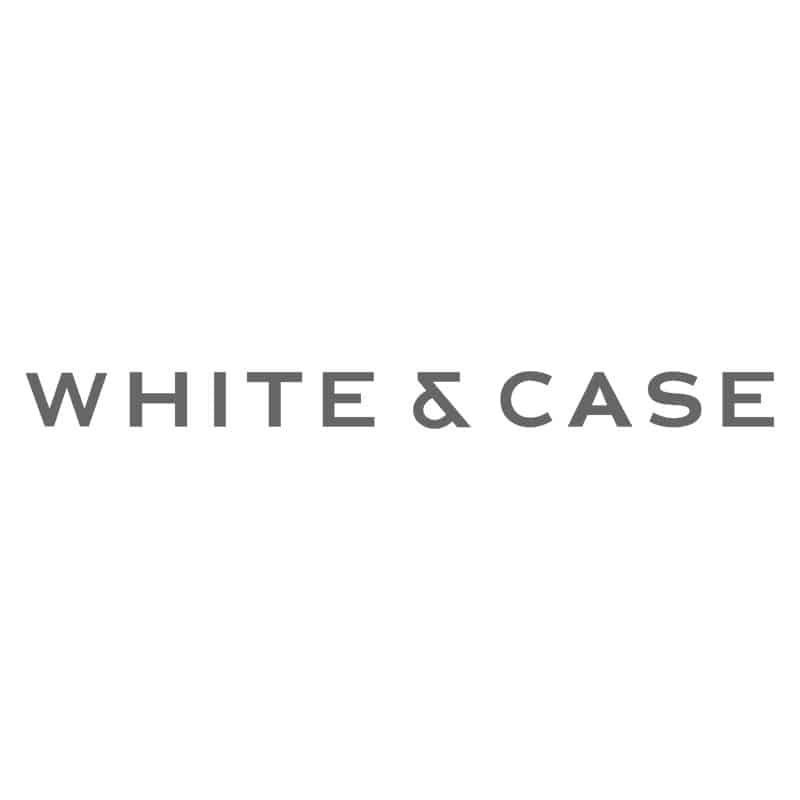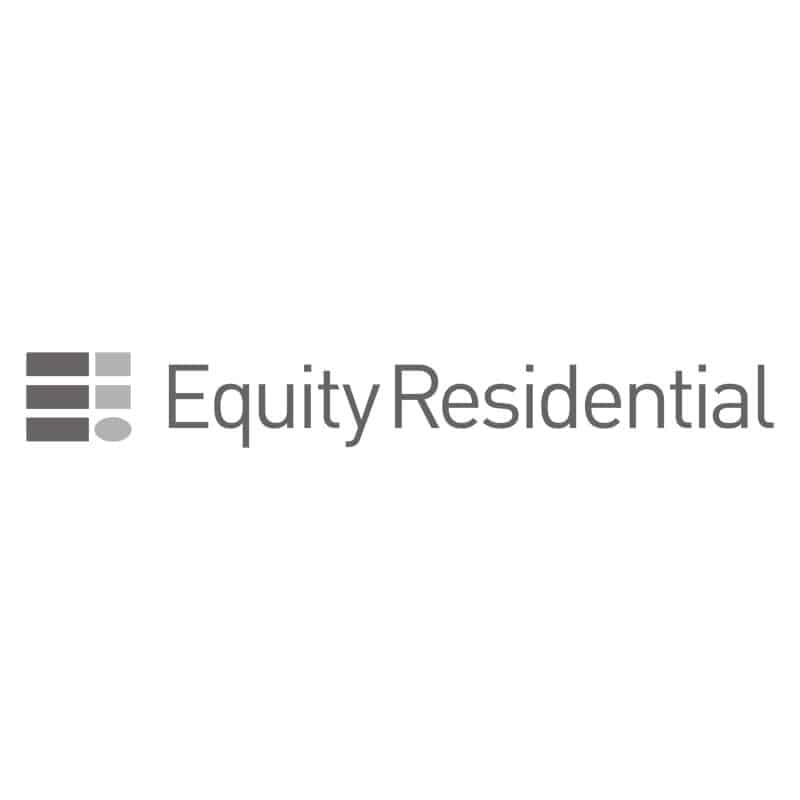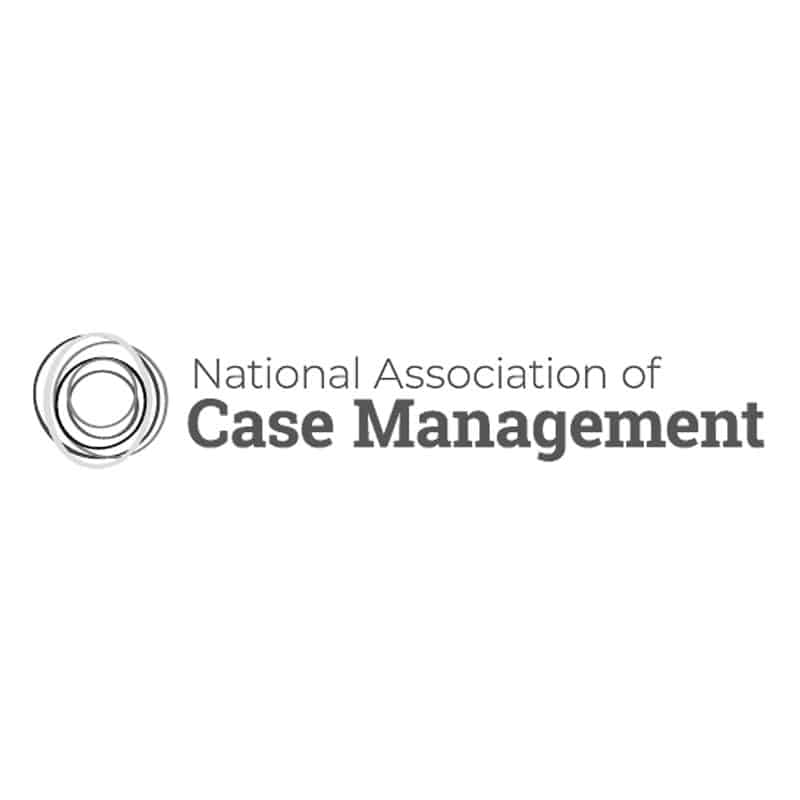Written by Joyce Marter, LCPC.
“The #MeToo movement has exposed the longstanding and shocking prevalence of sexual harassment in the workplace. This sociocultural movement has lifted the veil of shame and secrecy that often accompanies abuse, and has given validation to women (and some men) who have been victims of sexual harassment that they are not alone. Sexual harassment is not only extemely damaging to the victims, it also is detrimental to companies in terms of loss of talent, poor morale, low productivity and serious liability issues that can be very costly. Recent headlines about Harvey Weinstein, and countless others, show us that these behaviors are no longer going to be tolerated; a cultural revolution to stop harassment in the workplace has been demanded.
As a psychotherapist and Founder of Urban Balance, I’ve counseled thousands of people over the past twenty years. Virtually all the women I have counseled have discussed issues related to sexism (discrimination based on sex/gender) at some point in treatment. A large majority of my female clients have reported incident(s) of sexual harassment in the workplace at some point during their lifetime. Sexual harassment is a trauma that can trigger anxiety, depression, self-esteem issues, and symptoms from previous traumatic experiences or boundary violations from the past. The psychological issues around harassment include disempowerment, loss of control, lack of a sense of safety and wellbeing, and loss of respect and the feeling of being valued. In therapy, we work at recovering from these traumas, restoring feelings of safety and worth, fostering assertiveness and reclaiming empowerment.
Thanks to the many people who are shedding light on this important issue, including Sylvia Perez of Fox 32 Chicago who invited me on a recent segment to discuss the firing of Matt Lauer, and the Northern Illinois Employee Assistance Professionals Association, who invited me to speak to EAP providers who work with client companies across the country. Based on these experiences, and working as an Employee Assistance Professional and providing sexual harassment trainings and counseling services, I recommend the following for you and your workplace to promote a positive, anti-harassment culture in the wake of #MeToo:
1) Become educated about sexual harassment, which includes:
The making of unwanted and offensive sexual advances or of sexually offensive remarks or acts.
Unsolicited verbal or physical behavior of a sexual nature.
Sexually motivated behavior considered offensive by the recipient.
2) Understand that there are two types of sexual harassment:
Quid Pro Quo: requests for sexual favors as a condition of employment or promotion, or threat of demotion if not performed.
Hostile Workplace Environment: unwelcome advances, favors or conduct that interferes with work performance such as actions, pictures, words or touching that creates an intimidating or offensive workplace environment.
3) Be aware of the prevalence of sexual harassment:
According to the U.S. Equal Employment Opportunity Commission, 1/4 women and 1/10 men have been victims of sexual harassment (underreporting is likely.)
LQBTQ+ persons and individuals who are “double minorities” are at higher risk.
4) Know that these verbal behaviors are inappropriate for the workplace:
Derogatory/demeaning comments based on gender, sex & stereotypes,
Crude or offensive language, name calling, or gender slurs
Comments about clothing if also mentioning physical attributes or private parts
Requests for sexual favors
Repeated requests for dates (it’s okay to ask once, but if the answer is “no”, that needs to be respected)
Terms of endearment (i.e. honey, dear, sweetheart, babe, etc.)
Sexual innuendoes, tales of sexual exploits
5) Understand that these non-verbal behaviors are inappropriate for the workplace:
Lewd hand gestures
“Elevator eyes”
Blowing kisses /Licking lips
Winking in a suggestive manner
Touching or groping yourself in a display of sexual innuendo
Patting, pinching, grabbing
Unsolicited back rubs or clothing adjustments
Cornering or blocking doorways/pathways
Photos, cartoons, drawings or caricatures of a pornographic sexual nature
6) Have an Anti-Harassment Policy and have your employees sign a statement of understanding.
Have a protocol for conducting investigations by interviewing the accuser, the accused and any witnesses.
Know that sexual harassment is a form of sex discrimination that violates the Civil Rights Acts of 1964, Title VII (which applies to employers with 15+ employees, including employment agencies, labor organizations and local/state/federal governments.
Consult with Human Resources, your Employee Assistance Program or your employment attorney as needed.
Understand that sexual harassment can be a criminal offense if it involves assault, stalking, or any threat of sexual misconduct. Know that in many states, such as Illinois, retaliation for filing a sexual harassment claim is illegal. Therefore, your employer will be held liable if you are fired, denied a promotion, or forced to quit because of filing a sexual harassment claim.
Claims may be filed with the state Department of Human Rights, the EEOC or a personal claim.
7) Provide an Anti-Harassment Training to your staff at least once per year.
Workplaces have an ethical and legal responsibility to do so.
These should be specific to industry (hospitality, construction, finance, etc.)
They should focus on empowering the bystander and on reporting. Case examples can help employees know whether to ignore the situation (disengaged onlookers are a big part of the problem of enabling sexual harassment to persist), address the issue right then and there, or talk to either the harasser and/or the victim in private (if addressing right then and there would lead to escalation. )
Conduct Management & Supervisory trainings as well.
8) Encourage reporting & empower bystanders to report.
Nip issues in the bud by encouraging reporting through anti-harassment signs and reminder messages throughout the workplace.
9) Understand that sexism (discrimination based on sex or gender) is the root of sexual harassment and facilitate a positive workplace environment that reflects equality in:
Treatment (gender bias in assigned tasks)
Language (avoid terms such as “the girls in the office”)
Civility, respect & affirmation
Pay and benefits packages
Opportunities (promotion, mentoring and leadership)
Workplaces must create a safe, respectful and egalitarian environment for all staff and clients. We each have a personal responsibility to promote a workplace culture that is positive, affirming and free of sexual harassment. We can all give thanks to the #MeToo movement for encouraging this much needed change, which aims to make workplaces safe and positive for all.”
“Sexual, racial, gender violence and other forms of discrimination and violence in a culture cannot be eliminated without changing the culture.” ~Charlotte Burch



























